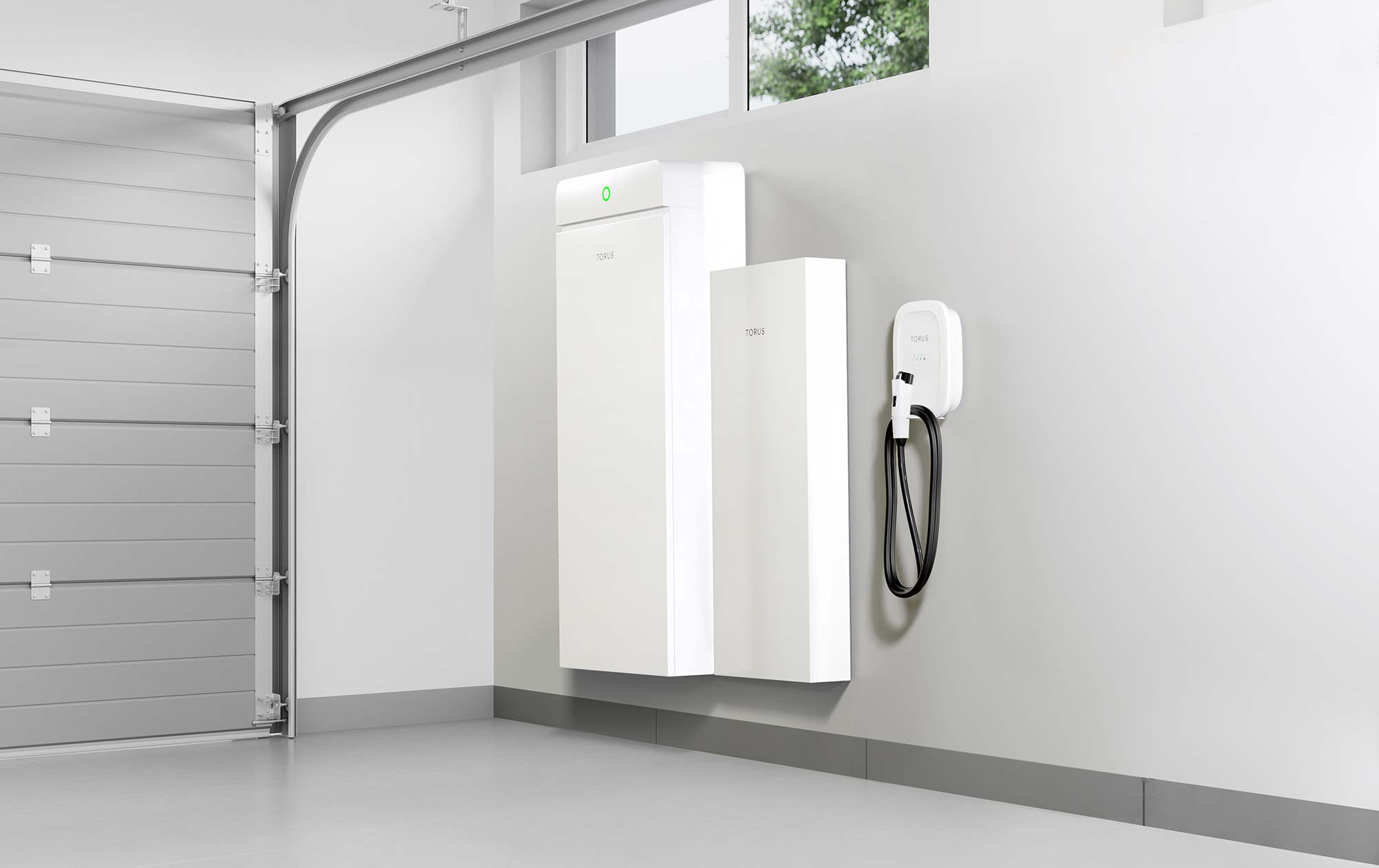Different Types of Electric Cars
The many alternatives to fossil fuel-powered vehicles
Electric vehicles (EVs) are combating climate change and reducing our collective dependence on fossil fuels in a major way. As their popularity grows, so does the variety of options available on the market. From compact cars to SUVs and even heavy-duty vehicles, EVs are diversifying to meet the needs and preferences of consumers. Below, we’re exploring the different types of electric vehicles, along with an overview of each category and their unique characteristics.
Battery Electric Vehicles (BEVs):
Battery Electric Vehicles, also known as pure electric vehicles, run solely on electricity stored in their rechargeable batteries. They do not have a traditional internal combustion engine. Key features include:
- Zero Emissions: BEVs produce no tailpipe emissions, contributing to cleaner air and reduced greenhouse gas emissions.
- Range: BEVs have varying ranges, from around 100 miles to over 300 miles, depending on the model and battery capacity.
- Charging: BEVs require charging using electric charging stations or home charging units.
Examples: Tesla Model 3, Nissan Leaf, Chevrolet Bolt.
Plug-in Hybrid Electric Vehicles (PHEVs):
Plug-in Hybrid Electric Vehicles combine an internal combustion engine with an electric motor and a rechargeable battery. They can operate in electric mode for shorter distances and switch to the gasoline engine for longer trips. Key features include:
- Dual Power Sources: PHEVs offer the flexibility of using electric power for shorter commutes and gasoline power for longer drives.
- Range: PHEVs typically have an electric range of around 20-50 miles before switching to hybrid mode.
- Charging: PHEVs can be charged using electric charging stations or home charging units.
Examples: Mitsubishi Outlander PHEV, Toyota Prius Prime, BMW i3 REx.
Hybrid Electric Vehicles (HEVs):
Hybrid Electric Vehicles combine an internal combustion engine with an electric motor. Unlike PHEVs, HEVs cannot be charged externally and rely on regenerative braking to recharge their small battery pack. Key features include:
- Fuel Efficiency: HEVs offer improved fuel efficiency compared to conventional gasoline vehicles by utilizing electric power during certain driving conditions.
- Limited Electric Mode: HEVs have a limited electric-only driving mode, typically at low speeds or during stop-and-go traffic.
- Range: HEVs have an unlimited driving range as they can switch to gasoline power.
Examples: Toyota Prius, Honda Accord Hybrid, Ford Fusion Hybrid.
Fuel Cell Electric Vehicles (FCEVs):
Fuel Cell Electric Vehicles use hydrogen fuel cells to generate electricity, which powers an electric motor. They produce no emissions and the only byproduct is water vapor. Key features include:
- Zero Emissions: FCEVs offer zero tailpipe emissions, contributing to cleaner air and reduced carbon footprint.
- Range and Refueling: FCEVs have a longer range compared to BEVs and can be refueled with hydrogen in a similar manner to traditional gasoline vehicles.
- Developing Infrastructure: The availability of hydrogen refueling stations is still limited compared to electric charging stations.
Examples: Toyota Mirai, Hyundai NEXO, Honda Clarity Fuel Cell.
The Torus Station is the most effective way to create, store, and manage clean, renewable energy at home.
Curious? Learn More.
Interested in a free consultation? Get in Touch
Ready to commit? Customize your system




